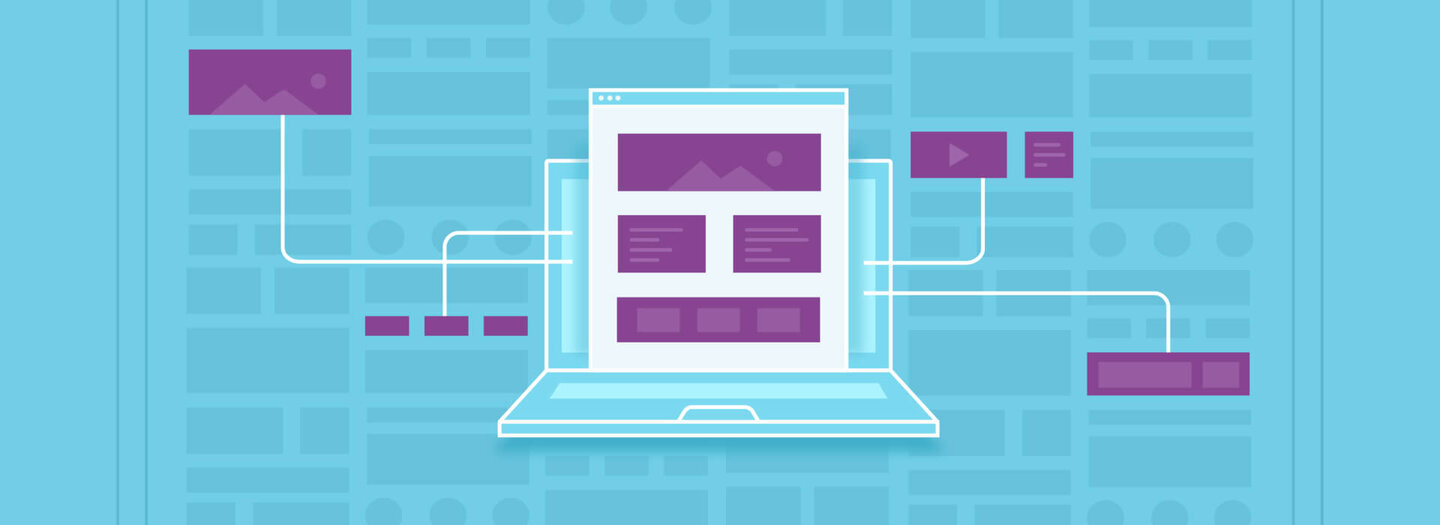How an Atomic Design Optimises Content
Atomic design is, and has been for some time, a big deal in the world of digital marketing. Last week, we discussed why marketers need to care about atomic design. This week, we’re talking about why atomic design makes content better than ever.
The way that content is displayed can have a big impact on how it’s received. Consider museums, for example. Exhibits are displayed in environments that don’t distract from the art, with information easy to find nearby. The presentation of the content makes the content itself more powerful in the context of a museum. As it turns out, the same is true for a website. Using an atomic design to make the absolute most of your digital space isn’t just smart from a branding perspective: it helps content marketers do their jobs better, too. Here are three reasons why anyone who cares about optimising content needs to adopt an atomic design right away.
Atomic designs make it easier to follow best practices
Atomic designs aren’t just guidelines. An atomic site actually provides the tools content editors need to do their jobs. A site built atomically provides the ability to easily spin-up new pages that draw on elements from a stored component library. Content authors are easily able to build new pages that are 100% compliant with an organisation’s branding and accessibility guidelines.
Additionally, a proper atomic design will be built to maximise usability. That means responsive layouts and components built to be accessibility compliant so that the information on your site will scale, reorder itself, and remain useful as the size of browser windows change. Atomic design ensures that your most important content remains optimally readable by everyone, regardless of what sort of device they’re using to access your site, or the level of their accessibility challenge.
Atomic designs load quickly and age gracefully
Sites that are built according to the principles of atomic design are easier to maintain long-term, both visually and in terms of code. A site built of atomic components will need fewer visual updates over time, and because elements are constantly being re-used across pages, it requires less code, which means quicker load times. These two things allow content authors, designers and developers to focus on optimising their content across pages, rather than having to deal with the “basic plumbing” every time they create a new landing page or section.
Atomic designs increase conversions
It’s true! Pages built with an atomic approach not only come together more quickly, but they also offer the kind of informational clarity that leads to more engaging experiences and more conversions. Offering a more consistent, unified experience that is reinforced at every touchpoint reduces “layout fatigue.” Instead of asking your users to learn and decipher visual design variations on each new screen that they access, an atomic design provides a familiar, intuitive, and beautiful user experience. What’s not to love?

